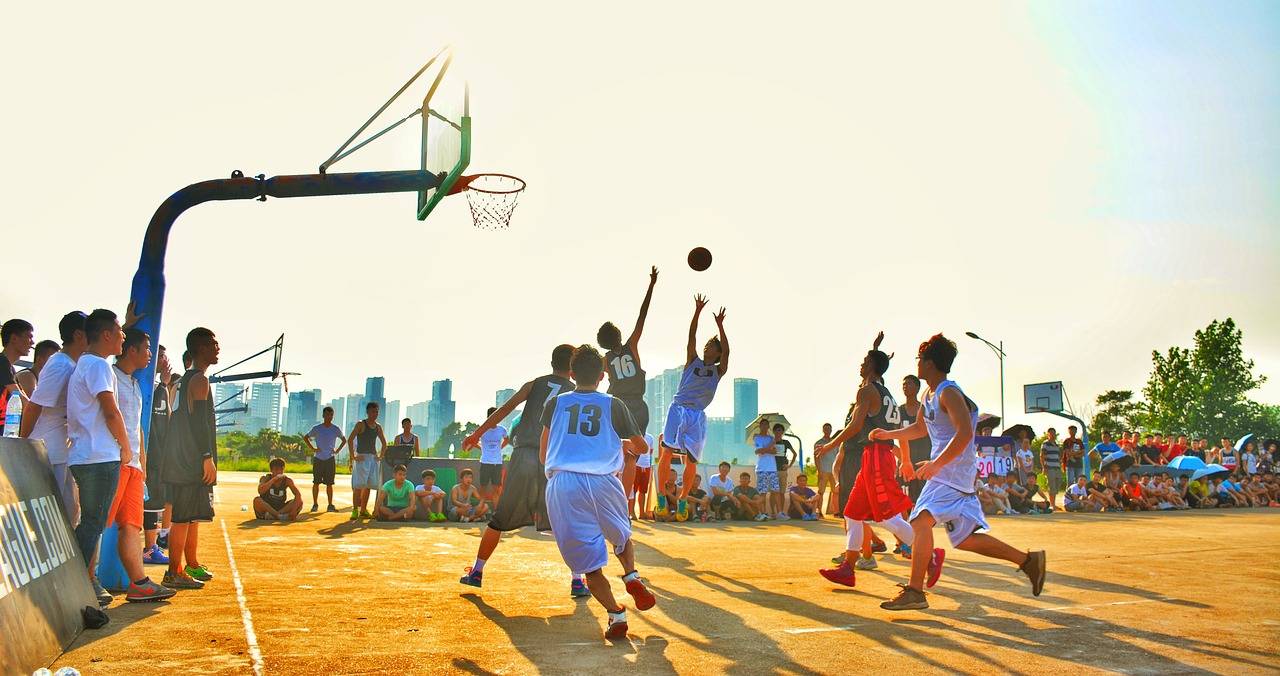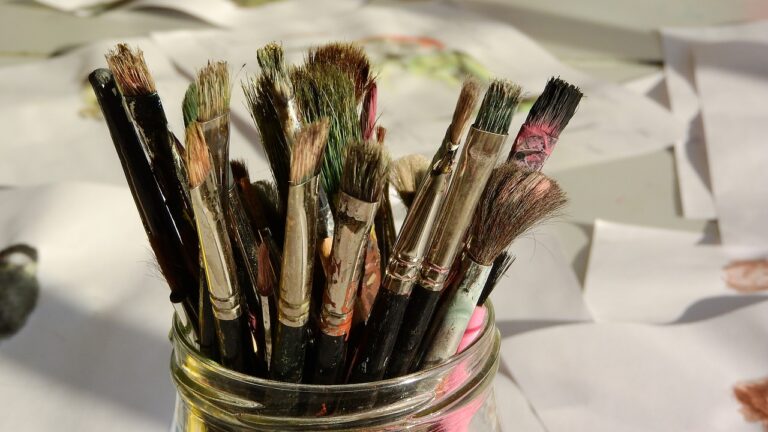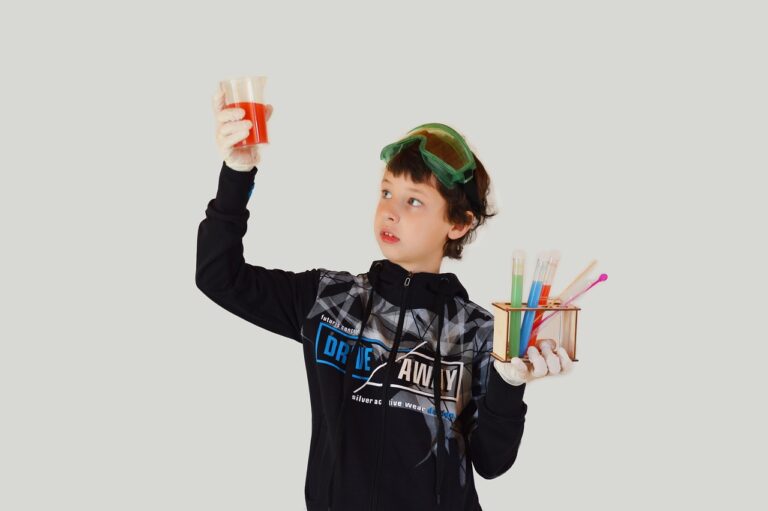Leveraging Virtual Reality for Historical and Cultural Immersion in Education
Virtual reality (VR) has revolutionized the way education is delivered by providing students with immersive and interactive learning experiences. Through VR technology, students can explore historical sites, dive into the depths of the ocean, or even travel to outer space without ever leaving the classroom. This hands-on approach to learning not only enhances students’ understanding of complex subjects but also boosts their retention skills.
Moreover, VR in education helps cater to different learning styles, making it a versatile tool for educators to engage students with varying needs. Visual learners can benefit from the vivid and realistic simulations, while kinesthetic learners can interact with the virtual environment to deepen their understanding of the concepts being taught. By incorporating VR into the curriculum, educators can create a more inclusive learning environment where every student has the opportunity to thrive and succeed.
Enhancing Student Engagement through Virtual Reality
Virtual reality technology has emerged as a powerful tool for enhancing student engagement in educational settings. By immersing students in interactive and stimulating virtual environments, educators can create more dynamic and immersive learning experiences. This heightened level of engagement can lead to increased motivation, active participation, and deeper understanding of the subject matter. Students are no longer passive recipients of information but active participants in their own learning journey.
Furthermore, virtual reality allows for personalized and adaptive learning experiences, catering to individual student needs and preferences. Through customizable simulations and scenarios, educators can provide students with hands-on learning opportunities that are tailored to their unique learning styles. This personalization not only enhances student engagement but also fosters a sense of ownership and autonomy in the learning process, leading to better retention and application of knowledge.
Exploring Virtual Reality Applications in Cultural Education
Virtual reality (VR) has revolutionized the way cultural education is being delivered to students. Through VR applications, learners are transported to historical sites, museums, and artistic exhibitions without leaving the classroom. This immersive technology provides students with a firsthand experience of different cultures, allowing them to explore and interact with diverse environments in a way that traditional teaching methods cannot achieve.
By incorporating VR into cultural education, students are engaged and motivated to learn about various cultures in a way that sparks their curiosity and enhances their understanding. This interactive approach not only makes the learning process more enjoyable but also helps students retain information better. Additionally, VR enables educators to customize learning experiences based on individual student needs, making cultural education more inclusive and accessible to a broader range of learners.





